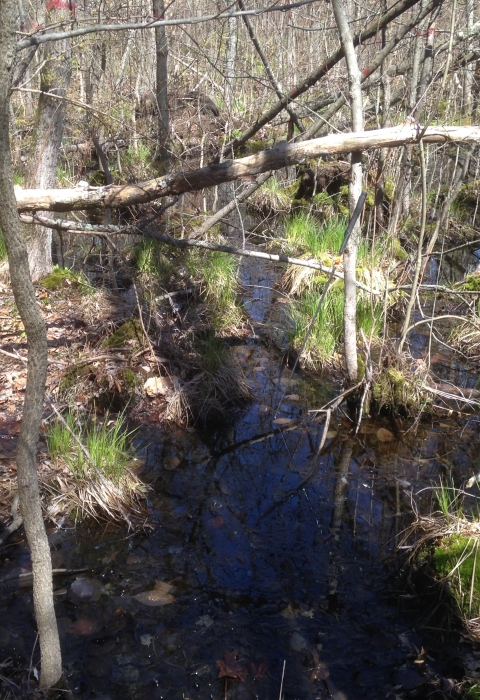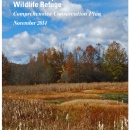What We Do
Wildlife conservation is at the heart of the National Wildlife Refuge System. It drives everything on U.S. Fish and Wildlife Service lands and waters managed within the Refuge System, from the purposes for which a national wildlife refuge national wildlife refuge
A national wildlife refuge is typically a contiguous area of land and water managed by the U.S. Fish and Wildlife Service for the conservation and, where appropriate, restoration of fish, wildlife and plant resources and their habitats for the benefit of present and future generations of Americans.
Learn more about national wildlife refuge is established to the recreational activities offered to the resource management tools used. Using conservation best practices, the Refuge System manages Service lands and waters to help ensure the survival of native wildlife species.
Management and Conservation
Refuges deploy a host of scientifically sound management tools to address biological challenges. These tools span active water management to wilderness character monitoring, all aimed at ensuring a balanced conservation approach to benefit both wildlife and people.
The purpose of a comprehensive conservation plan (CCP) is to specify a management direction for the refuge for the next 15 years. The goals, objectives, and strategies for improving refuge conditions—including the types of habitat we will provide, partnership opportunities, and management actions needed to achieve desired conditions – are described in the CCP.
Planning for the Future
The National Wildlife Refuge System Improvement Act of 1997 (PL 105-57) requires comprehensive conservation plans (CCPs) for each national wildlife refuge national wildlife refuge
A national wildlife refuge is typically a contiguous area of land and water managed by the U.S. Fish and Wildlife Service for the conservation and, where appropriate, restoration of fish, wildlife and plant resources and their habitats for the benefit of present and future generations of Americans.
Learn more about national wildlife refuge . CCPs are 15-year plans designed to provide strategic management direction that best achieves the refuge's purposes; attains the vision and goals developed for the refuge; contributes to the National Wildlife Refuge System mission; addresses key challenges, issues, and relevant mandates; and is consistent with sound principles of fish and wildlife management.
Our Projects and Research
- The refuge is home to the federally threatened bog turtle, state threatened wood turtle and state endangered blue spotted salamander. The refuge is actively working on research and the recovery of these species.
- The refuge maintains an important mosaic of different habitats for a suite of species. Along with grasslands, brushlands, mature forest, forested wetlands, marsh, ponds and streams the refuge also manages five impoundments that total 570 acres where the refuge staff can manipulate water levels to create the optimum habitat for migrating waterfowl. Early-successional habitat is maintained through annual mowing and the use of prescribed fire. Refuge staff and volunteers regularly remove invasive flora from all habitat types.
- Some of the very important species for controlling the insect population on the refuge are the 10 bat species found here, including the eastern red bat, eastern small footed bat, northern long-eared bat, and hoary bat, little brown bat, big brown bat and federally endangered Indiana bat. Refuge biologists and partners monitor the bat populations through mist-netting and acoustic surveys.
Law Enforcement
For emergencies: please call 911
For non-emergencies: Refuge Law Enforcement (973)425-1222 x:113
For injured birds: Raptor Trust (908) 647-2353
Laws and Regulations
Visitors are responsible for knowing all refuge regulations. If you are unsure, please inquire at headquarters.

